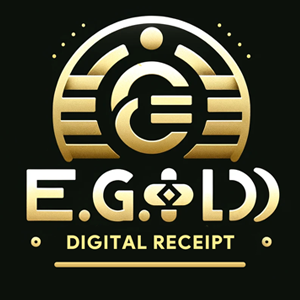Why Buy Bitcoin with Gold?
Converting gold to Bitcoin is an innovative way to diversify your investment portfolio. Gold is a time-tested store of value, while Bitcoin offers high growth potential as a digital asset. By trading gold for Bitcoin, you balance the stability of a traditional asset with the rapid innovation of cryptocurrency. This combination creates a well-rounded strategy that provides both security and growth opportunities. Additionally, converting gold to Bitcoin allows you to participate in the decentralized financial ecosystem while maintaining a connection to tangible wealth.
How to Buy Bitcoin with Gold
Choose a Trusted Platform
Start by selecting a platform that facilitates gold-to-Bitcoin transactions, such as Vaultoro, Bitgild, or GoldMoney. These platforms specialize in secure and transparent exchanges, ensuring a seamless process.
Determine the Value of Your Gold
Have your gold appraised or calculate its value based on the current gold spot price. This will help you understand how much Bitcoin you can receive for your gold.
Deposit Your Gold
Depending on the platform, you can either deliver physical gold to their approved vaults or trade gold-backed certificates. Ensure your gold is securely shipped or delivered.
Convert Gold to Bitcoin
After your gold is verified, the platform will provide an exchange rate based on the current market prices of gold and Bitcoin. Execute the transaction to receive Bitcoin in your digital wallet.
Store Your Bitcoin Securely
Transfer your Bitcoin to a secure wallet. Hardware wallets like Ledger Nano X or Trezor are recommended for long-term storage due to their advanced security features.
Benefits of Buying Bitcoin with Gold
Diversification
Gold offers stability, while Bitcoin provides exposure to cutting-edge technology and high growth potential. Combining the two assets creates a balanced portfolio.
Liquidity
Bitcoin transactions are faster and more convenient than selling physical gold, offering increased flexibility and global accessibility.
Inflation Hedge
Both gold and Bitcoin are considered hedges against inflation, but Bitcoin’s limited supply makes it an especially attractive option for younger, tech-savvy investors.
Access to Digital Innovation
Buying Bitcoin with gold allows you to participate in the blockchain and cryptocurrency ecosystem, opening up new financial opportunities.
Platforms for Gold-to-Bitcoin Exchanges
Vaultoro is a leading platform for trading physical gold for Bitcoin, offering transparent fees and secure vault storage. Bitgild specializes in converting gold into Bitcoin and also offers gold-backed cryptocurrencies. GoldMoney allows users to hold physical gold in vaults and trade it for Bitcoin seamlessly.
Factors to Consider Before Converting Gold to Bitcoin
Volatility
Bitcoin is highly volatile compared to gold. While it offers significant upside potential, it also comes with increased risk.
Fees
Check the platform’s fees for gold storage, conversion, and Bitcoin transfers to ensure you’re getting a fair deal.
Security
Use platforms with strong security measures for storing your gold and ensure that your Bitcoin is transferred to a secure wallet.
Tax Implications
Converting gold to Bitcoin may trigger taxable events in some jurisdictions. Consult a tax professional to understand your obligations.
How Gold and Bitcoin Complement Each Other in a Portfolio
Gold and Bitcoin serve complementary roles in investment portfolios. Gold provides stability and protection against economic downturns, while Bitcoin offers high growth potential and exposure to the digital economy. Together, they create a diversified portfolio that mitigates risks and capitalizes on emerging opportunities.
Selling Bitcoin for Gold: The Reverse Process
Just as you can buy Bitcoin with gold, you can also convert Bitcoin back into gold. Platforms like Vaultoro and Bitgild offer reverse transactions, allowing you to store your wealth in physical gold after profiting from Bitcoin investments.
The Future of Gold-to-Bitcoin Transactions
As cryptocurrencies gain mainstream acceptance, gold-to-Bitcoin exchanges are expected to become even more seamless. Innovations like blockchain-based gold certificates and decentralized exchanges are bridging the gap between traditional and digital assets. These advancements will likely make it easier and safer to convert gold to Bitcoin, enhancing the appeal of this investment strategy.
Steps to Ensure a Safe Gold-to-Bitcoin Transaction
When converting gold into Bitcoin, following a safe and structured process is essential to avoid fraud or financial loss. First, research the platform or dealer you plan to use for the transaction. Reputable platforms like Vaultoro, Bitgild, and GoldMoney have established trust in the market and offer secure storage and transparent rates. Verify the platform's certifications, customer reviews, and security features. Next, determine the current value of your gold and Bitcoin by checking real-time market prices. Many platforms provide calculators to help you estimate the amount of Bitcoin you’ll receive. If you are dealing with physical gold, ensure it is properly appraised, packaged securely, and shipped with insurance to prevent damage or loss during transportation. Once your gold is received and verified, review the exchange rate and transaction terms before completing the trade. Finally, transfer your Bitcoin to a personal digital wallet immediately after the transaction for maximum security.
Advantages of Using Blockchain Technology for Gold-to-Bitcoin Exchanges
Blockchain technology is increasingly being adopted in gold-to-Bitcoin exchanges, enhancing transparency and security. Some platforms now offer blockchain-based tracking for gold transactions, ensuring that each piece of gold used in the trade is genuine and ethically sourced. Additionally, blockchain ensures that transaction records are immutable and verifiable, providing confidence to both buyers and sellers. Innovations like tokenized gold, where physical gold is represented by digital tokens on a blockchain, allow for faster and more efficient gold-to-Bitcoin exchanges. These tokens can be traded for Bitcoin on decentralized exchanges, offering flexibility and reduced reliance on intermediaries.
Why Buy Bitcoin with Gold in Times of Economic Uncertainty
Economic uncertainty often prompts investors to seek alternative assets that protect their wealth from market volatility, inflation, and currency devaluation. Gold has long been considered a safe haven during financial crises, while Bitcoin is increasingly being viewed as "digital gold" for its decentralized nature and fixed supply. Converting gold to Bitcoin allows investors to hedge against traditional market risks while gaining exposure to the rapidly growing digital economy. During periods of inflation, for example, gold preserves purchasing power, while Bitcoin’s limited supply often drives increased demand, boosting its value. Combining these two assets through gold-to-Bitcoin transactions ensures a balanced approach to wealth preservation and growth.
Tax Implications of Gold-to-Bitcoin Transactions
Before converting gold to Bitcoin, it’s important to understand the potential tax implications in your jurisdiction. In many countries, selling gold may trigger capital gains taxes if the value of your gold has appreciated since the time of purchase. Similarly, purchasing Bitcoin could also be considered a taxable event, depending on local regulations. Some platforms provide documentation to simplify tax reporting, including receipts and transaction histories. To avoid unexpected liabilities, consult with a tax professional or financial advisor to ensure compliance with tax laws and to plan your gold-to-Bitcoin strategy effectively.
How Gold-Backed Cryptocurrencies Fit into the Equation
If you’re hesitant to convert all your gold into Bitcoin, gold-backed cryptocurrencies provide an innovative middle ground. These digital assets, such as Paxos Gold (PAXG) and Tether Gold (XAUT), are backed by physical gold reserves stored in secure vaults. Each token represents ownership of a specific amount of gold, allowing you to benefit from the stability of gold while participating in the digital economy. These tokens can often be traded for Bitcoin or other cryptocurrencies, offering additional flexibility for investors seeking to diversify their portfolios without fully committing to one asset class.
The Role of Bitcoin in a Balanced Portfolio
Bitcoin’s unique properties make it a valuable addition to a balanced investment portfolio. Its decentralized nature and limited supply protect it from inflation and government control, while its growing adoption as a payment method and digital store of value increases its utility. By converting a portion of your gold holdings into Bitcoin, you can enhance your portfolio’s growth potential while maintaining the stability provided by traditional assets. This strategy is particularly useful for younger investors who are looking to gain exposure to emerging technologies while preserving some wealth in more established assets like gold.
Common Mistakes to Avoid When Converting Gold to Bitcoin
Avoiding common mistakes is key to a successful gold-to-Bitcoin transaction. First, never rush into a deal without thoroughly researching the platform or dealer. Fraudulent platforms often target investors unfamiliar with the process. Second, always verify the purity and authenticity of your gold before initiating the transaction, as counterfeit or impure gold could result in lower Bitcoin payouts. Third, ensure that your Bitcoin wallet is set up and secure before completing the trade to prevent delays or loss of funds. Finally, don’t overlook fees and exchange rates. Compare multiple platforms to ensure you’re getting the best value for your gold.
Selling Bitcoin for Gold: Flexibility for Long-Term Investors
For investors looking to rebalance their portfolios, converting Bitcoin back into gold is just as straightforward as the initial trade. Platforms like Vaultoro and Bitgild allow users to sell Bitcoin for physical gold, providing a way to lock in profits or hedge against cryptocurrency volatility. Gold’s long-term stability makes it an excellent store of value, particularly for investors seeking to preserve wealth over generations. By maintaining the flexibility to switch between these two assets, you can adapt to changing market conditions while maximizing your returns.
Final Thoughts on Buying Bitcoin with Gold
Converting gold into Bitcoin is an innovative strategy that combines the best of traditional and modern investments. By leveraging the stability of gold and the growth potential of Bitcoin, you can create a diversified portfolio that balances risk and reward. Trusted platforms like Vaultoro, Bitgild, and GoldMoney make the process simple and secure, ensuring that your gold-to-Bitcoin transactions are handled with care. Whether you’re a seasoned investor or exploring cryptocurrency for the first time, this strategy opens up new opportunities for wealth preservation and growth. Start your gold-to-Bitcoin journey today and take the next step in building a future-ready investment portfolio.
NOTE
This Content is the copyrighted content of EE.GOLD. All rights are reserved. You are welcome to share or use our content only by including direct links to our website. Any other form of reproduction, distribution, or use without proper attribution is strictly prohibited.
This Content is intended solely for educational purposes. The information provided does not constitute financial or investment advice.
Please note that Digital Storage Receipt, Secure Storage Solutions, and Physical Gold Sales are the only services offered by EE.GOLD.
We strictly adhere to government regulations and are firmly against all illegal financial or investment activities globally.
For further inquiries, feel free to contact us through our official channels.

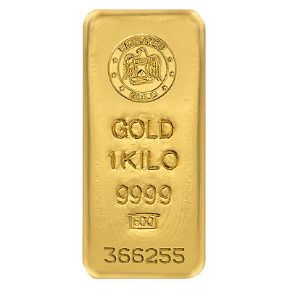
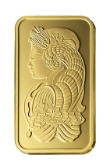
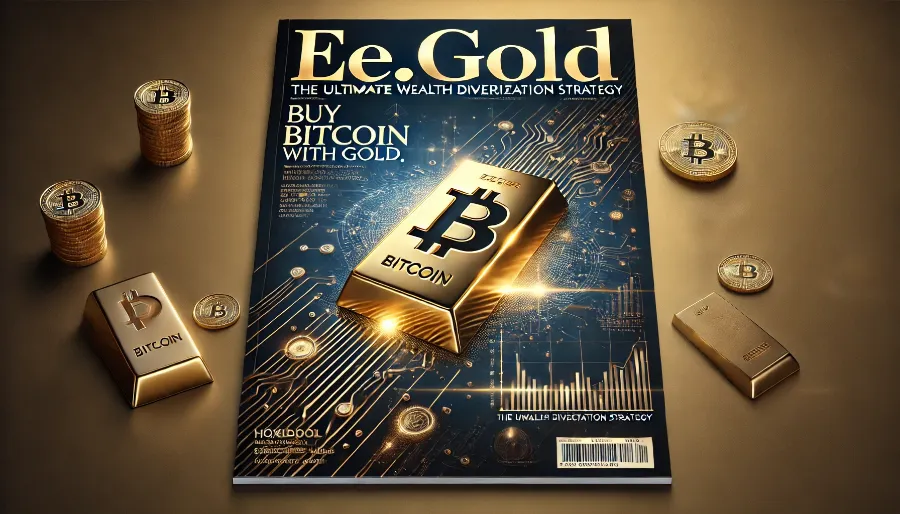
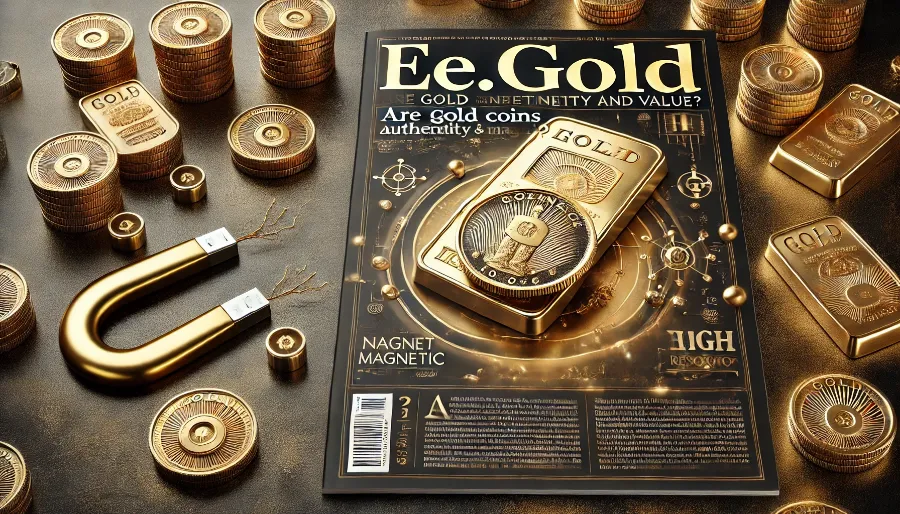
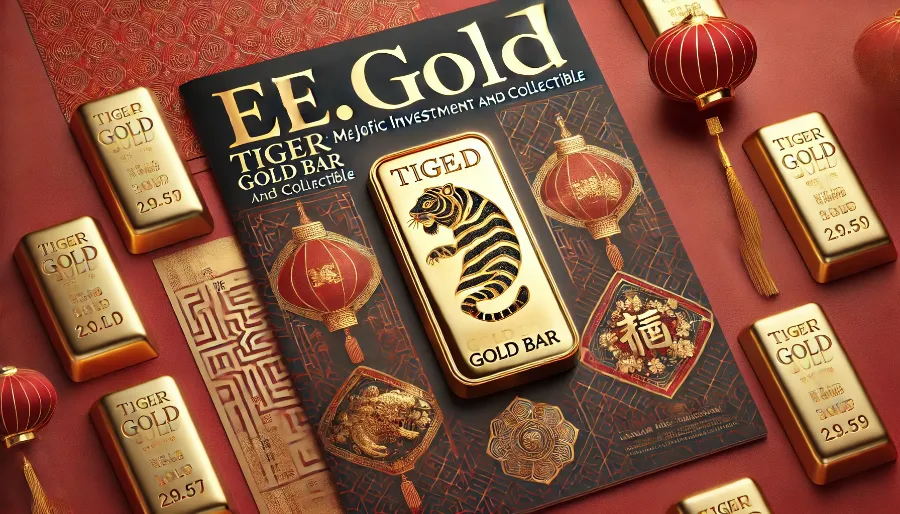
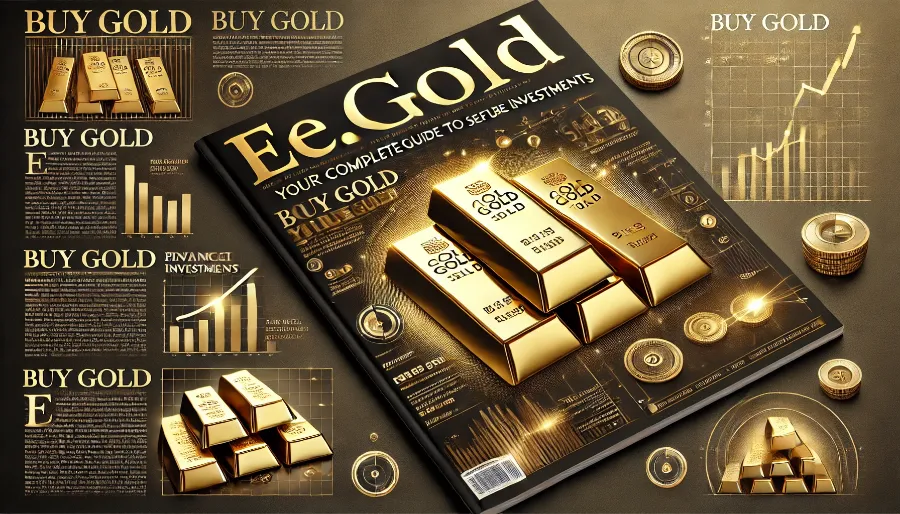
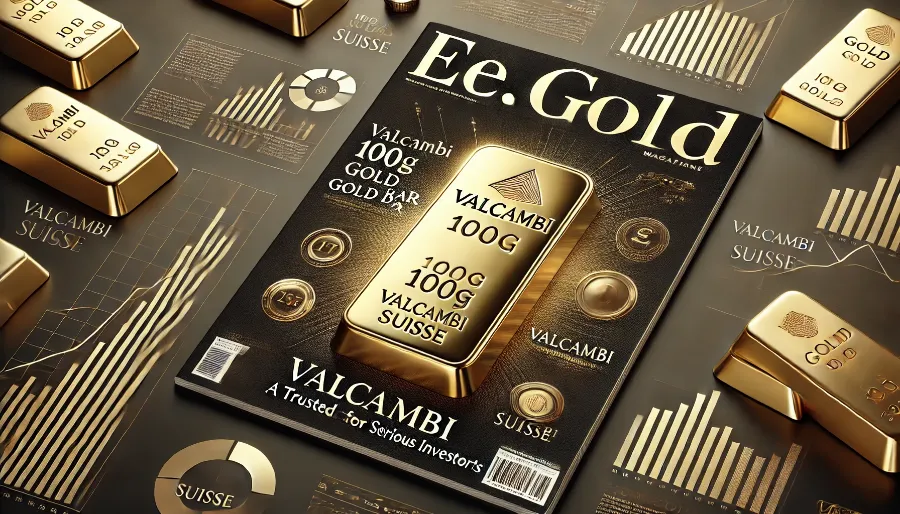
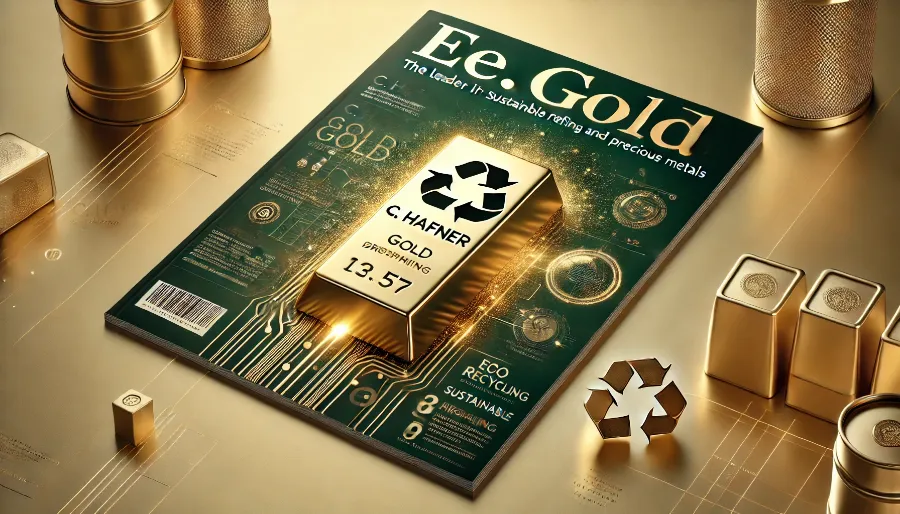
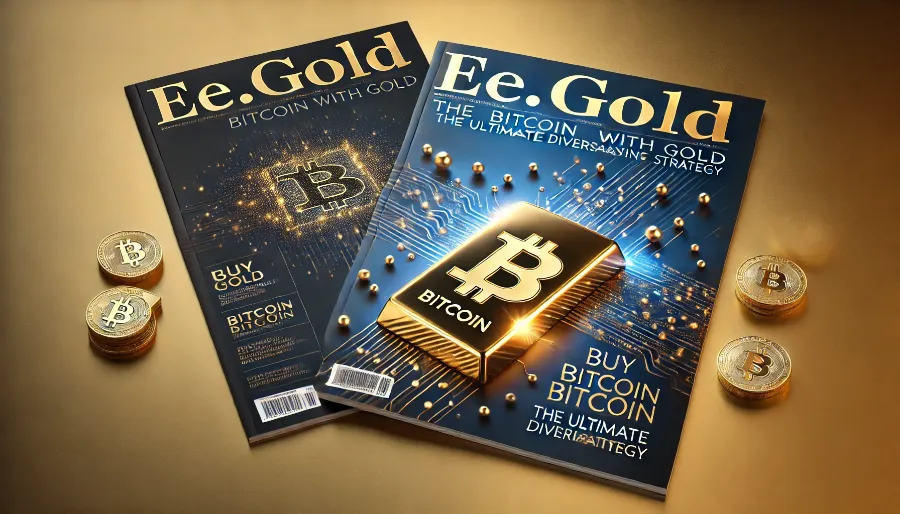
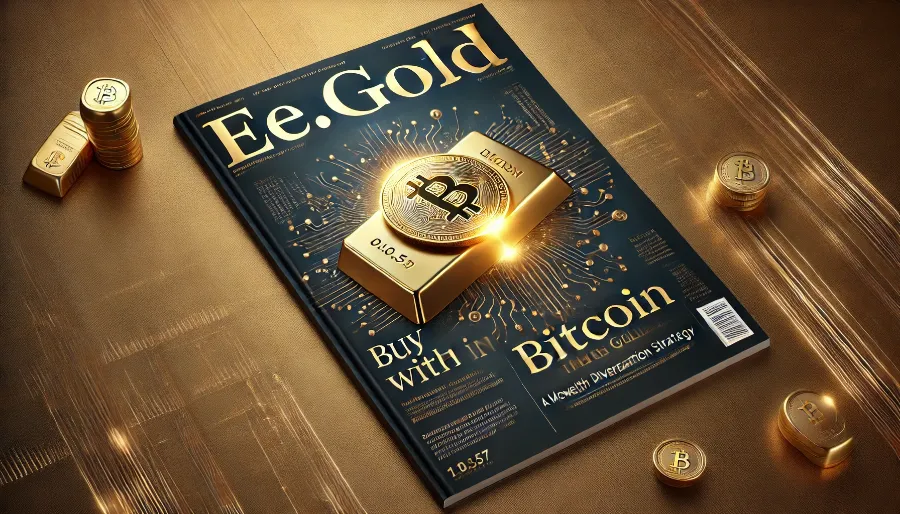
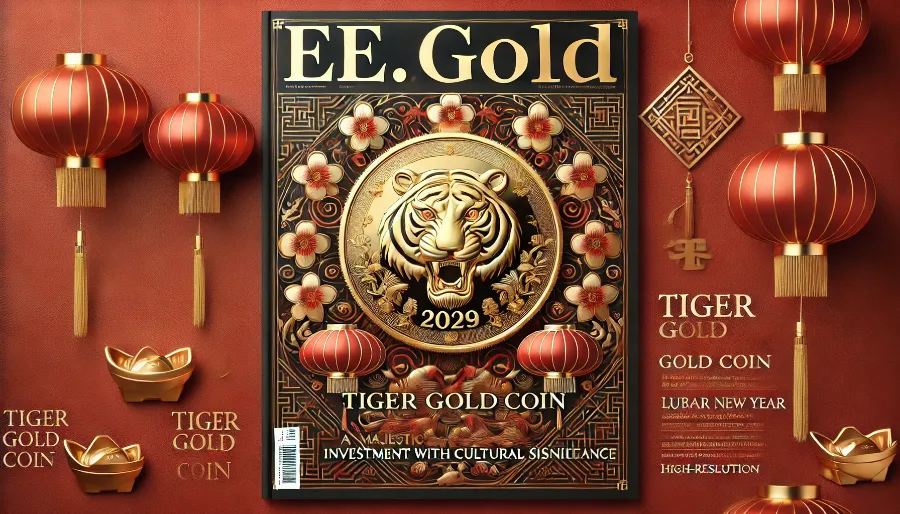
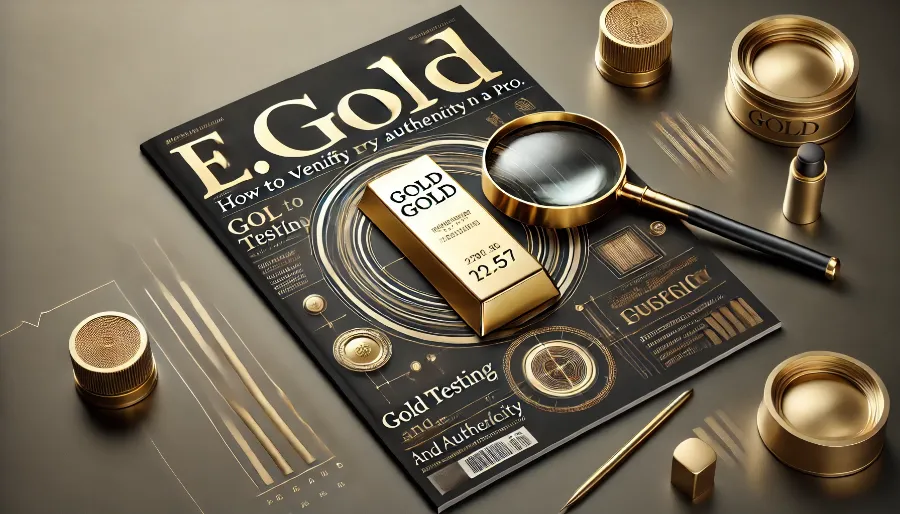

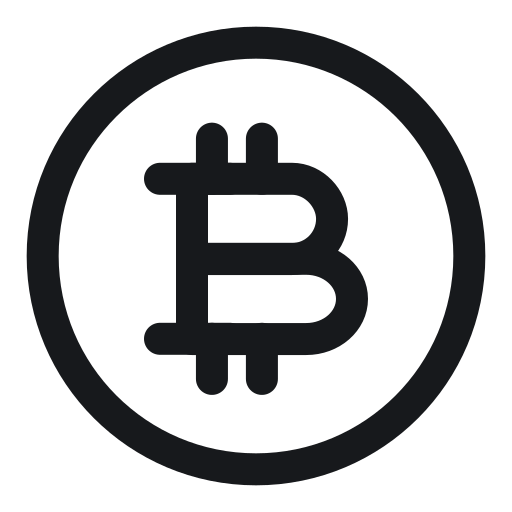
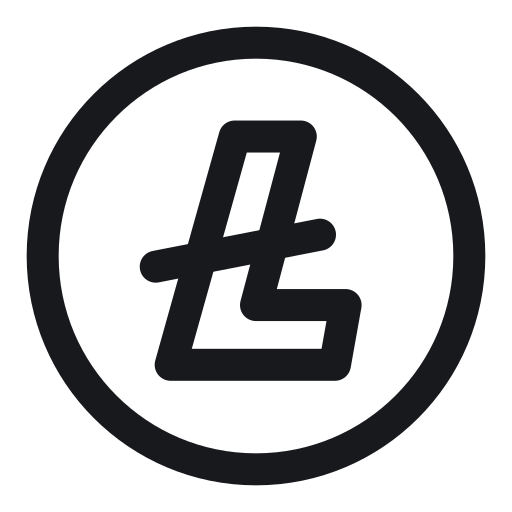

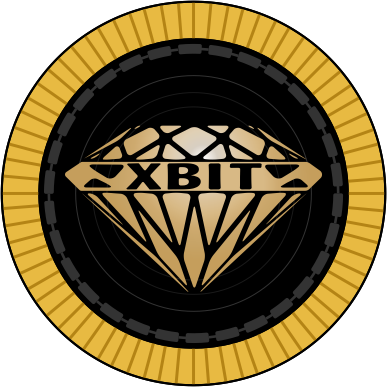


.png)

